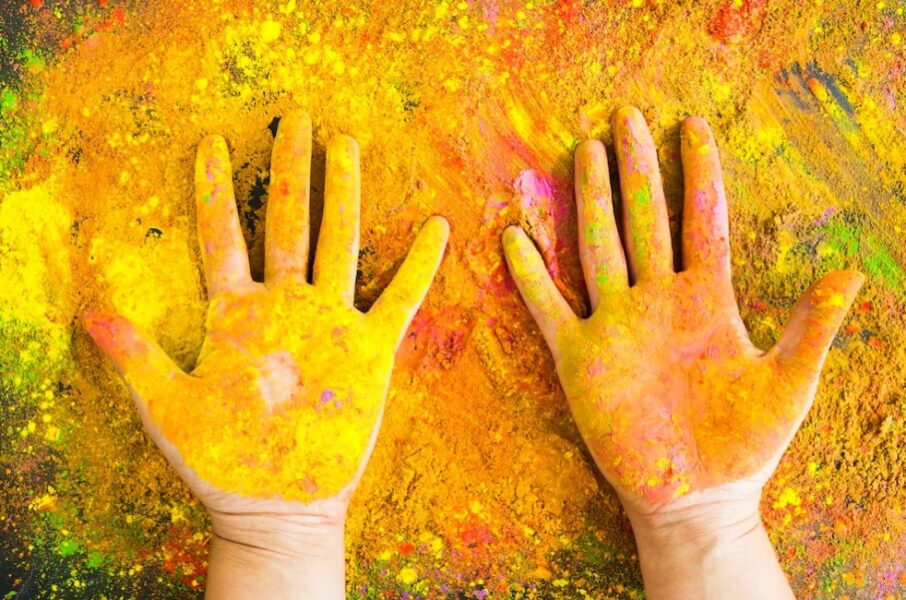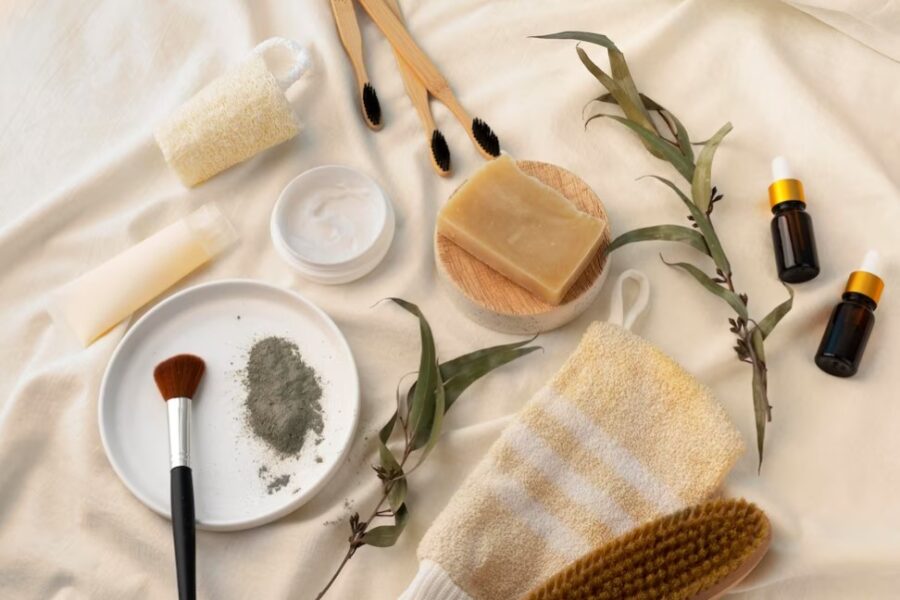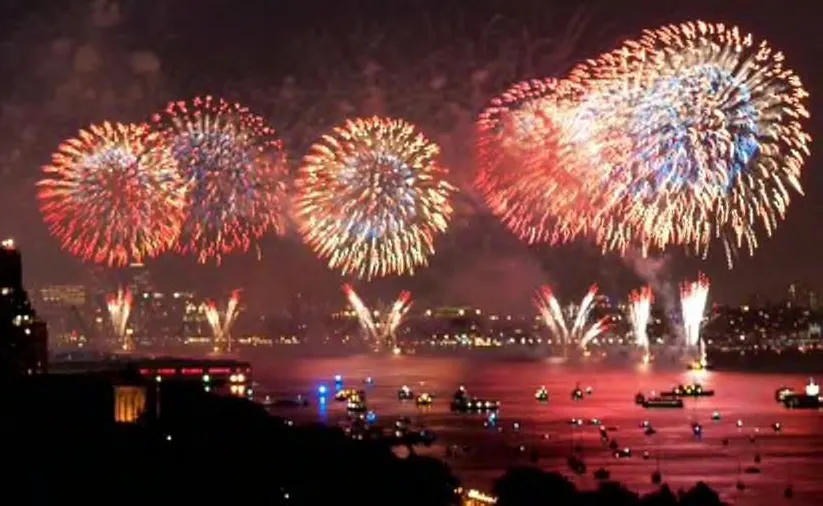

A thick blanket of smoke greets people across India every year around Diwali. Best known as the festival of lights, over the decades, Diwali has transformed into a festival of firecrackers, or at least some claim that firecrackers are an integral part of Diwali celebrations, and both, essentially, are inseparable.
Since firecrackers were not yet created, Diwali is traditionally celebrated to commemorate Lord Rama's homecoming to Ayodhya. The Ramcharitmanas by Tulsidas makes no mention of firecrackers being set off at Ayodhay.
On page 839, a specific verse states: "…There came a sound from the sky, the entire city of Ayodhya was decked out in flowers, and a unique aroma was strewn across the streets." But there is no mention of firecrackers.
Click here to read more about the Air quality index in India after Diwali
Arrival of fire crackers in India
The late historian PK Gode wrote in his essay "History of Fireworks in India between 1400 and 1900," which was published in 1950. "The use of fireworks in the celebration of Diwali, which is so common in India now, must have come into existence after about 1400 AD when gunpowder came to be used in Indian warfare."
Fireworks' main component, gunpowder, has a lengthy tradition in India.
During the tenth or eleventh centuries, Chinese alchemists in the Middle Ages accidentally discovered gunpowder. Through the Arabs, pyrotechnic entertainment and gunpowder technology were transported from China to India.
Abdur Razzaq, the ambassador of the Timurid Sultan Shahrukh to the court of the Vijayanagar king Devaraya II in 1443, provided one of the first reports of firecrackers in India.
"One cannot without getting into great length explain all the many sorts of pyrotechnic and squibs and several other arrangements which were presented," Razzaq stated when describing the Mahanavmi celebration.
Around 1400 AD, the earliest reports of the employment of pyrotechnics in India are found.
In a few medieval Indian kingdoms, pyrotechnic performances were a feature of the royal entertainment during festivals, festivities, and special occasions like marriages.
The recipes for making firecrackers are mentioned in Kautukachintamani, a Sanskrit book by Gajapati Prataparudradeva (1497–1539).
Around 1400 AD, it's possible that Chinese pyrotechnic formulas were brought to India and changed using local elements.
In 1518, fireworks were reportedly employed in Gujarati weddings. In 1609, Ibrahim Adil Shah, the Sultan of Bijapur, spent Rs 80,000 on fireworks alone.
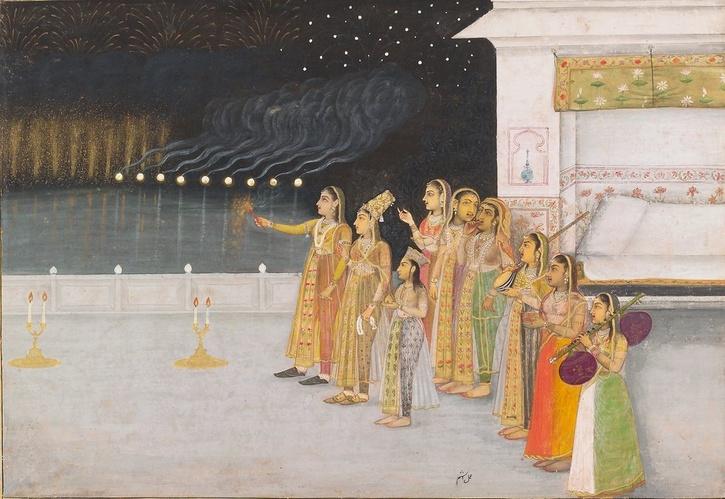

So, how old is the tradition of bursting crackers on Diwali?
Many perceived the 2021 Diwali ban on firecrackers as an attack on Hinduism. More importantly it was considered a violation of their right to ignite firecrackers during the largest Hindu holiday, Diwali.
But it's possible that's not totally true.
Some academics assert that Hinduism is the world's oldest religion, having origins and practices that go back more than 4,000 years. But the festival of lights has a 2,500-year history.
Firecrackers entered India in the 13th century, considerably later than the Chinese produced gunpowder.
Even a few centuries later, fireworks were exclusively allowed for royal use. And throughout the Mughal Empire, they came to symbolize wealth and opulence. Events like weddings and coronations frequently featured fireworks.
The usage of firecrackers is said to have begun no earlier than the 18th century. It was around this time that the Maratha emperors would host public fireworks displays.
Indian businesses didn't begin producing firecrackers till after Independence. During the nineteenth century, Calcutta became home to India's first fireworks manufacturing.
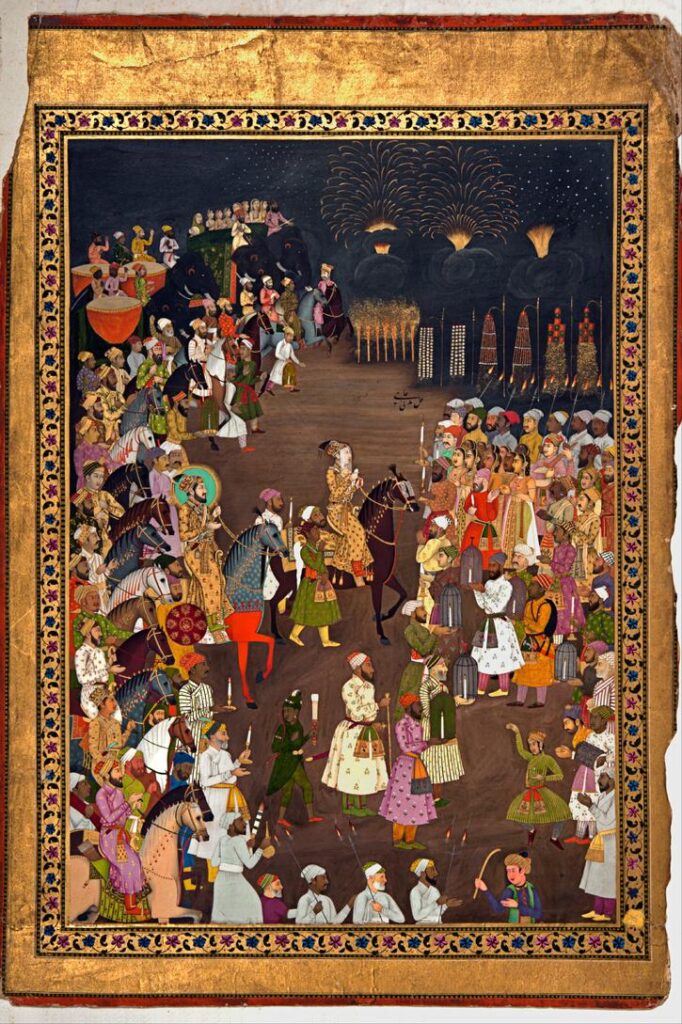

When they came home two months later, armed with their newly acquired knowledge and abilities, they established two factories that also produced firecrackers. The first product they produced was a type of sparkler called as a "phooljhadi" in Hindi.
There is just biblical evidence that people lighted diyas in celebration of the advent of Lord Rama. There is not a single proof that anybody in Ayodhya had set off fireworks.
History demonstrates that firecrackers are not an essential component of Diwali and are instead a Chinese and Mughal legacy. The exploding of firecrackers is a recent habit in north India that became popular as soon as firecrackers became available to the general public.



